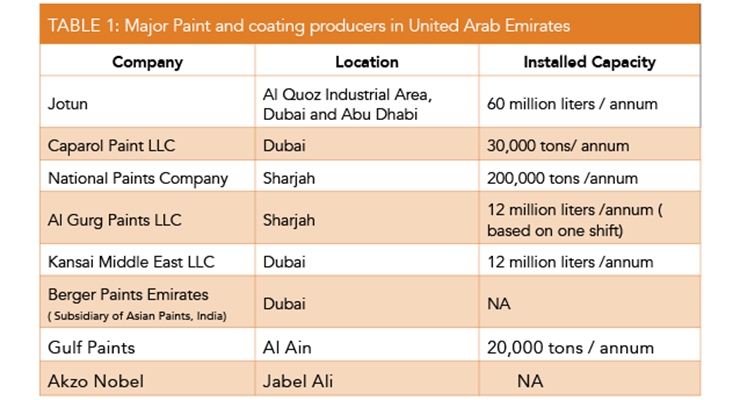Comparing Exterior And Interior Paint: Significant Distinctions And Their Uses
Comparing Exterior And Interior Paint: Significant Distinctions And Their Uses
Blog Article
Published By-Reimer copyright
When you're selecting in between interior and exterior paint, it's vital to recognize their essential distinctions that impact both efficiency and looks. Interior paints are crafted for lower VOC levels and smoother coatings, making them optimal for indoor spaces, while outside paints are designed to endure harsh weather conditions and UV direct exposure. Each type serves a distinctive purpose, but understanding when to utilize one over the various other can considerably affect your job's result. So, what straightline interiors should you take into consideration when making your option?
Composition and Solution
When selecting between interior and exterior paint, recognizing their composition and formula is vital. Inside paints generally contain a reduced quantity of unstable organic compounds (VOCs), making them safer for indoor air top quality. You'll see they commonly have a smoother coating, which improves their capability to withstand spots and enables less complicated cleansing. They're created to endure the rigors of interior atmospheres, including varying moisture levels and temperature changes.
On the other hand, exterior paints are created to sustain harsher conditions. They normally have greater levels of pigments and additives to withstand fading from UV rays, in addition to to prevent mold and mold and mildew development. Their composition includes much more binders and resins, which provide far better attachment to surface areas exposed to the aspects. This ensures the paint can stand up to rainfall, snow, and varying temperatures without peeling off or splitting.
Performance and Sturdiness
Assessing efficiency and sturdiness is necessary when choosing in between interior and exterior paint. Inside paint is developed for surface areas that experience less deterioration. https://www.housedigest.com/994586/hacks-for-painting-your-baseboards-like-a-pro/ stands up to fading and scuffing, making it suitable for living spaces and rooms. Nevertheless, it may not stand up well in high-moisture locations like kitchens and bathrooms without proper formula.
On the other hand, exterior paint encounters harsher problems. It's crafted to endure UV rays, rainfall, and temperature level changes. This type of paint typically consists of additives that stop mold and mildew development, making sure long life in different environments. When you use external paint, you can expect it to last a number of years longer than indoor paint, offered it's applied appropriately.
Another crucial distinction lies in the surface choices. Interior paints usually have a variety of surfaces for visual allure, while outside paints prioritize durability over luster. If you're searching for something that can take care of the components, outside paint is your best option.
On the other hand, if you're concentrated on interior aesthetics with less issue for severe conditions, interior paint could be ideal. Inevitably, your selection needs to align with the details needs of the environment.
Aesthetic Considerations
A fresh layer of paint can transform an area, but visual factors to consider play an essential function in your selection between exterior and interior options. When you're choosing paint, think of the state of mind you want to create. Interior paint allows you to check out a bigger variety of colors and finishes, allowing you to reveal your personal style and enhance your home's ambiance. Whether you select soft pastels or strong hues, the appropriate indoor paint can make your rooms feel cozy, lively, or calm.
On the other hand, exterior paint needs to line up with your home's architecture and the surrounding atmosphere. Below, you're not simply making a style statement; you're likewise considering aesthetic allure. Selecting colors that balance with your area can boost your home's worth and visual appeal. Remember that outside paint is additionally based on fading and climate adjustments, so selecting an ageless color can save you from constant repainting.
Eventually, take into consideration exactly how each option fits your vision. By aligning your paint option with your wanted aesthetic, you can develop rooms that mirror your individuality while preserving functionality.
Conclusion
When it pertains to selecting paint, understanding the vital differences in between exterior and interior options is essential. Inside paints focus on aesthetics and low VOCs, making them ideal for improving your indoor areas. On the other hand, outside paints are developed for durability and weather resistance, protecting your home from the elements. By considering your certain demands and the environment, you can with confidence pick the ideal paint to attain the appearance and durability you want for your space.
